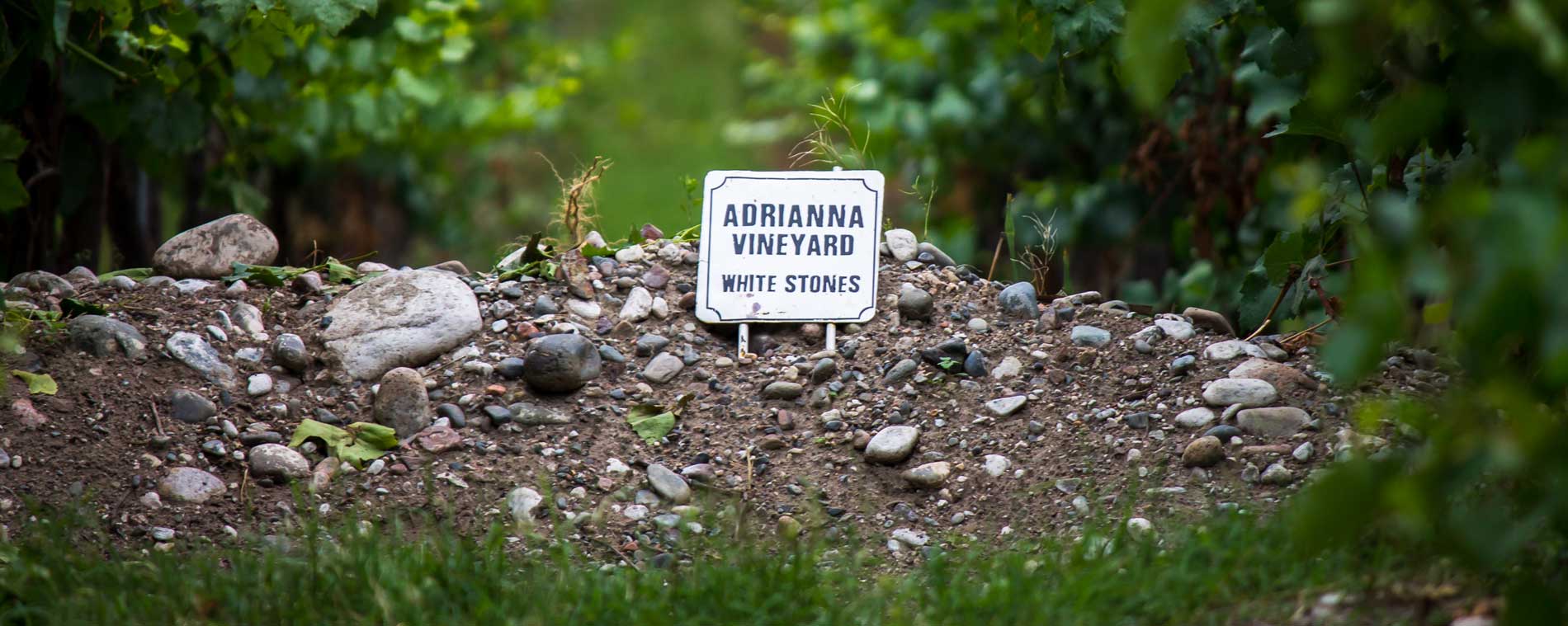The style of New World wine is versatile, and most popular wine regions usually have their own regional heroes – their iconic wine style definitely helps wine beginners to explore one’s preferences on wine. You may be familiar with these regional heroes as well, namely Barossa’s Shiraz, Napa Valley’s Cabernet Sauvignon, Marlborough’s Sauvignon Blanc, and so on. The diverse climates and terroirs across different wine regions give the regional heroes distinctive wine styles. Their one-of-a-kind styles reflect a great sense of place and are arguably irreplaceable. Let’s explore some of these most well-known heroes from the New World regions!
1. Barossa Valley – Shiraz
Located in South Australia, the Barossa Valley is known as one of the Australia’s most prominent wine-producing regions. The warm continental climate promotes production with long daylight and diurnal temperature variations, so its grapes usually give intense fruitiness.
As the mainstay in the region, Shiraz is famous for the remarkable aromas of fully ripe blackberry, chocolate, and spices. Being the home for world-famous icons like Penfolds, Wolf Bass and Seppeltsfield, Barossa has actually preserved some of the world’s oldest Shiraz vines. These low-yielding old vines absorb more nutrients deep into their root, which in turn bringing a much bigger, bolder and better style and flavour richness in wine, making Barossa Valley fondly pursue by wine lovers around the globe.

2. Napa Valley – Cabernet Sauvignon
When it comes to American wine, it is easy to associate with a list of top wineries, some that make wine lovers covet and some are the dreams for collectors, it seems that American wine has become synonymous with high-quality wine in the New World. The best-known areas lie within Napa Valley, which has the most prestigious wineries of California.

The Napa Valley has proved a source of great Cabernet Sauvignon. Cabernet Sauvignon is best suited for a sunny, warm climate so that the grapes ripen slowly. In Napa Valley, higher temperature shifts between night and day in the hills slow certain aspects of ripening.
Additionally, no-expense-spared winemaking is conducted in Napa Valley. It includes a strict selection of grapes and high-tech equipment, which result in wines that are very well crafted, often with powerful, toasty flavours from new French oak.
3. New Zealand – Sauvignon Blanc
New Zealand landed firmly on the wine world map in 1985 with the release of the Cloudy Bay Sauvignon Blanc from Marlborough, a fine wine region at the north-eastern tip of the country’s South Island. This variety is still the best-known and most widely planted grape here.
It has low rainfall and consistently high sunshine hours, large diurnal temperature shifts during the ripening period which helps build flavour and lock them in. The classic Sauvignon Blanc from Marlborough gives green fruits and herbal aromas, and sometimes notes of passion fruit and a stony minerality, and very occasionally there’s NZ Sauvignon Blanc made in oaked style.

4. Chile – Carménère

Chile is blessed with a unique climate and landscape. The long and narrow country is surrounded by the Andes to the east, the Pacific Ocean to the west, and facing Antarctica to the south. It brings a variety of climates and creates different terroir that is suitable to grow different types of grapes, which brings diversity to Chilean wine. For those who look for something economically priced, Chilean wine is definitely what you will like. However, it has evolved and is recognized as one of the great fine wine-producing countries after countless attempts and breakthroughs.
The variety that you should not miss in Chilean wine is Carménère. This variety is a Bordeaux variety but set foot in other countries. The Chilean Carménère has a rich taste, with a hint of unrepeated herbal flavour and spiciness. The berry flavour is ripe and sweet and becoming more and more popular in the international market.

5. Argentina – Malbec

Regardless of its hot and dry climate which posed a great challenge for vine growth, Argentine vinegrowers have brought up the most special cultivation method, High-Altitude Plantation. Where wineries are setting up vineyards on high-altitude mountains, some of which can even reach as high as 5,000 feet above sea level. The higher the altitude, the lower the temperature, ripening period of vines is then prolonged, complexity in wines can be developed as a result. What is more, the wine produced at higher altitudes will be purer and more intense in style and carrying prominent floral aromas and multiple flavours.
Without a doubt, Malbec is the most popular grape variety in Argentina. Originated from France then brought to Argentina in the 19th century, it has set foot in the Mendoza as the “National Grape”. After that, Mendoza Malbec has become the most iconic variety of Argentine wine in many people’s hearts. Argentine Malbec has a strong and unrestrained aroma of black fruits and flowers, which is scrumptiously attractive because it is big in body. Through winemaking techniques to neutralise tannins and alcohol, wineries could elegantly express the charm of their “National Treasure”. Generally, the best of Malbec can be found in the high-altitude vineyards mentioned above. The cooler the weather, the larger the diurnal temperature variation and higher ultraviolet rays, which allow Malbec to present in “elegancy in cool”.




 Same Day Pick-up
Same Day Pick-up























